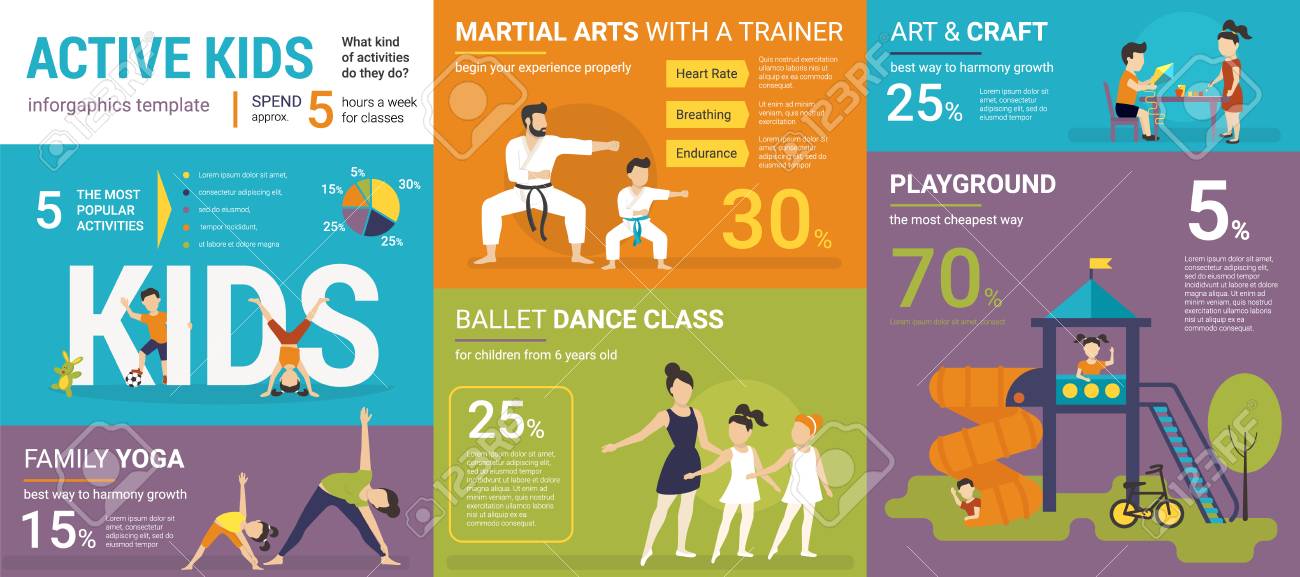The Worldwide Background And Improvement Of Martial Arts
The Worldwide Background And Improvement Of Martial Arts
Blog Article
michael jai white martial arts By-Sutton Vick
Martial arts have a fascinating history that spans centuries and continents. You could discover it appealing how ancient techniques like Shuai Jiao and Kalaripayattu prepared for contemporary battle methods. These disciplines not just highlight physical skills however additionally show the cultures that birthed them. As you explore their development, take into consideration how globalization has actually changed these typical kinds into crossbreed styles. What influences do you assume have formed today's martial arts landscape?
Ancient Martial arts: The Structures of Fight
As you look into the globe of ancient martial arts, you'll uncover the rich foundations that formed combat strategies throughout cultures. Very early techniques focused on Self-Defense and survival, commonly integrating strikes, grappling, and weaponry.
In old China, for example, techniques like Shuai Jiao emphasized tosses and joint locks, while India's Kalaripayattu showcased dexterity and fluid movement. Japanese samurai created Kenjutsu, a polished swordsmanship that highlighted self-control and approach.
These martial arts served not just for fight but also as a means of individual advancement, instilling values like regard and determination. The mixing of these techniques gradually prepared for the varied martial arts you see today, each mirroring the distinct viewpoints and demands of its society.
The Social Influence on Martial Arts Advancement
While martial arts frequently show the useful requirements of a culture, they also personify the cultural values and beliefs of their beginnings. When you check out different martial arts, you'll notice exactly how they're affected by religion, viewpoint, and social norms.
As an example, the emphasis on regard and technique in Japanese martial arts stems from Zen Buddhism and samurai culture. On the other hand, Brazilian Jiu-Jitsu promotes versatility and technique, formed by the requirement for performance in a diverse, multicultural atmosphere.
You could find that the rituals, uniforms, and training techniques show an area's history and identity. By comprehending these social influences, you grow your gratitude of martial arts and their role fit human experiences around the world.
Modern Adaptations and the Globalization of Martial arts
Martial arts have transformed substantially in recent years, adjusting to modern culture and international impacts. You'll notice that typical forms have blended with modern strategies, producing hybrid styles like MMA. martial arts is a sport accommodate varied audiences, making martial arts accessible and appealing around the world.
With the increase of social networks and electronic platforms, you can find tutorials and competitors from all edges of the globe, breaking geographical barriers. This globalization has led to a shared recognition for various disciplines, from Brazilian Jiu-Jitsu to Taekwondo.
As you engage with these arts, you'll realize they're not practically combat; they promote physical fitness, discipline, and psychological health.
Ultimately, contemporary adjustments have enriched the martial arts landscape, making it a vibrant and advancing practice.
Verdict
In exploring the history and evolution of martial arts, you reveal a remarkable blend of methods, societies, and viewpoints. From https://dallasmakuf.aboutyoublog.com/39755717/the-psychological-and-psychological-benefits-of-exercising-martial-arts -controls like Shuai Jiao and Kalaripayattu to the modern-day versatility seen in mixed martial arts, martial arts show humanity's mission for Self-Defense and personal growth. As you engage with these practices, you not just obtain abilities however likewise a deeper appreciation for the varied traditions that form our globe today. So, continue your journey and welcome the art of fight!
